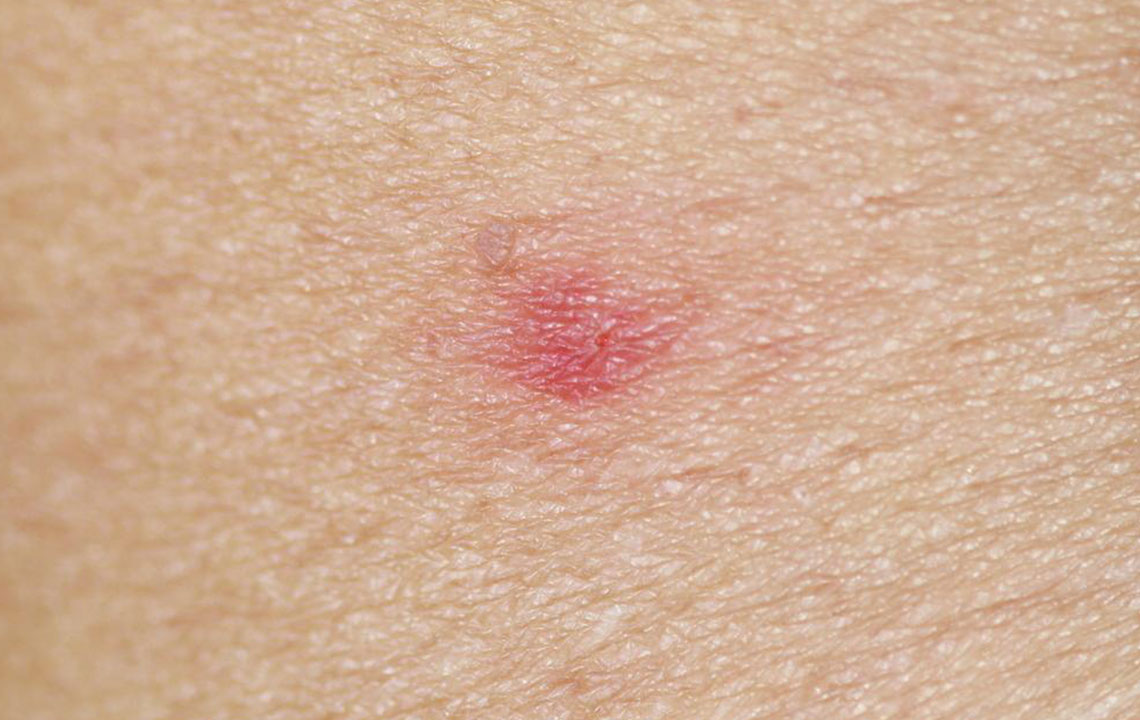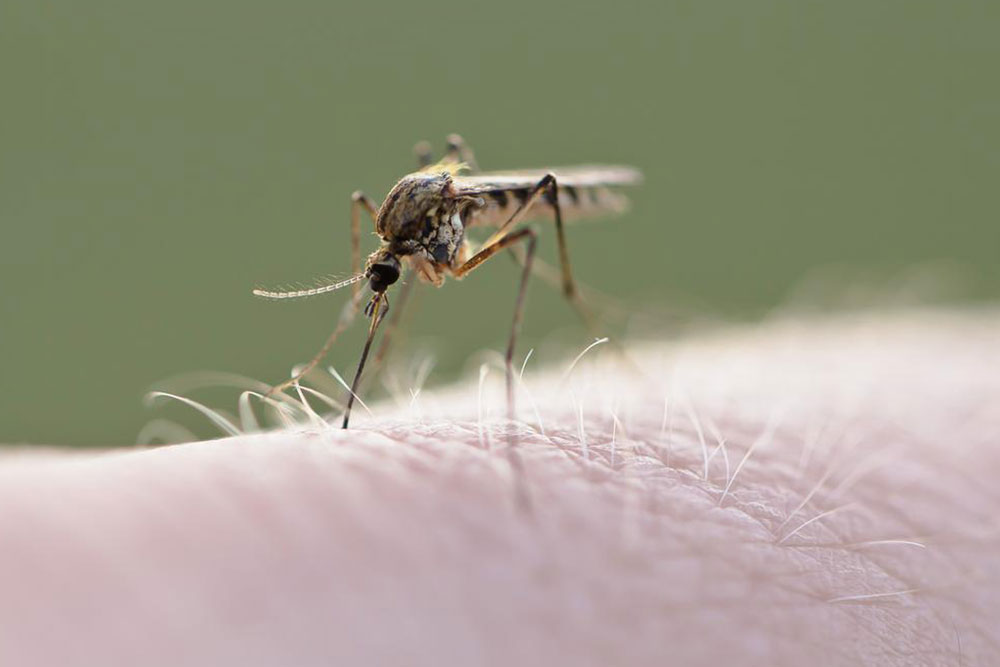Guide to Recognizing and Differentiating Bug Bites
Learn how to identify various insect bites, including mosquito, bed bug, and spider bites. Recognizing these bites helps determine whether medical attention is necessary. This guide covers symptoms, characteristics, and preventive tips to avoid discomfort and health risks associated with bug bites.

Guide to Recognizing and Differentiating Bug Bites
Insect bites can range from benign to serious, with some transmitting diseases through blood contact. Being able to identify insect bites helps determine if medical attention is needed. Bites often cause redness or bluish marks on the skin, sometimes without immediate pain. Recognizing different types of bug bites is essential for effective treatment and prevention.
Let’s explore common insect bites:
Mosquito Bites
Mosquito bites appear as round, itchy red or pink bumps. When caused by infected mosquitoes, they can lead to illnesses such as malaria or flu-like symptoms, including nausea, fever, headache, and muscle pain. Symptoms may persist from ten days up to a month but are treatable.
Bed Bug Bites
These bites create small red dots or marks, often aligned in rows on areas like the neck, face, or hands. They are usually painless but cause intense itching, leading to raised skin bumps. Allergic reactions may occur, requiring dermatological care. Recognizing bed bug bites can help implement preventive measures during sleep. These bites do not spread disease.
Spider Bites
Signs of spider bites include redness, swelling, and pain near the bite area. While most spider bites are not venomous, bites from species like black widows or brown recluse require urgent medical attention, especially if symptoms include difficulty breathing, chest pain, or swallowing issues. Puncture wounds on the skin are common indicators.
Being familiar with these bite types can help you respond appropriately, reducing discomfort and preventing complications. Wearing protective clothing or using organic insect repellents can provide additional safeguard against future bites.










